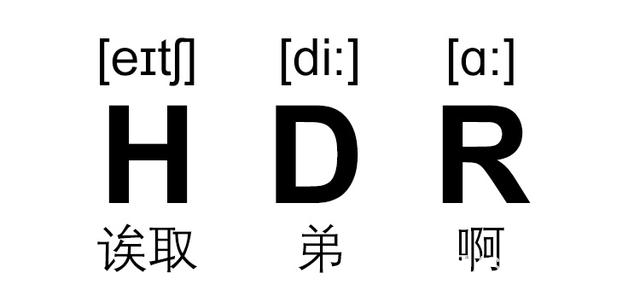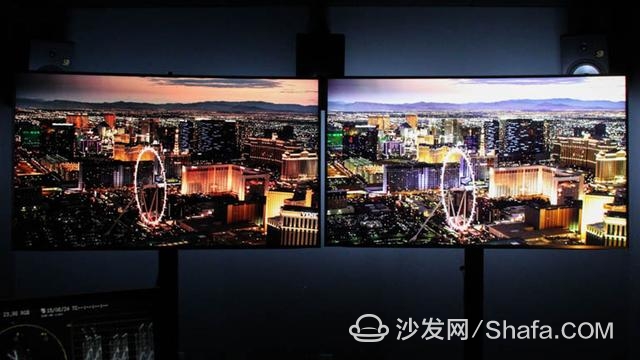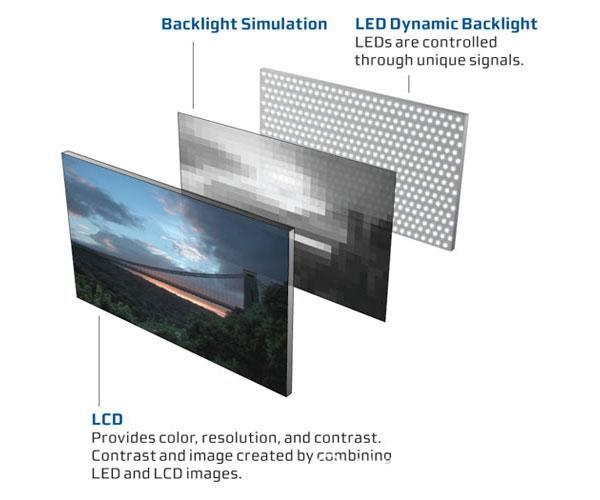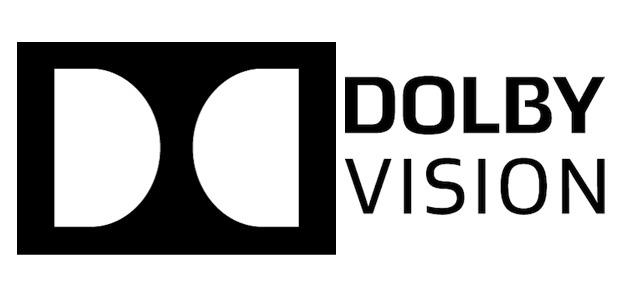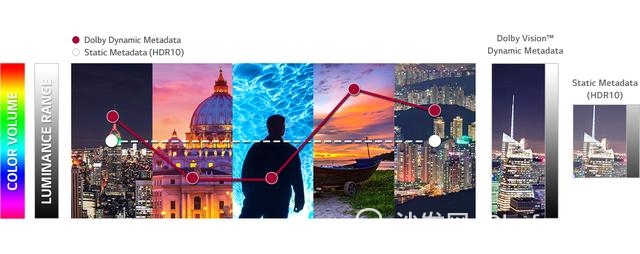If you want to buy a TV, what factors do you consider?
Price, size is certainly the most important, appearance, intelligent systems, hardware performance, video resources are also very important, 4K resolution, the new input and output interface is best to have, more money can think of curved screen, etc. .
And now, you still need to consider the factors, it seems that there is one more: HDR!
HDR is dry?
Maybe you have seen the word HDR outside of TV, because many mobile phones have built-in HDR camera features.
However, what exactly is HDR?
HDR stands for High-Dynamic Range, translated as high dynamic range. It is a picture rendering technology that allows the picture to have richer colors (wide color gamut), brighter light areas, and darker (higher contrast) dark areas. That is, it allows you to see more details of this picture.
At present, many cell phones and cameras already have HDR shooting functions, which mainly achieve high-contrast effects.
As for the TV industry's HDR, it certainly can bring such an effect, of course, the wide color gamut will not fall.
How does TV achieve HDR effect?
Let's talk about the HDR of mobile phones and cameras. It mainly takes pictures of different exposure parameters in rapid succession, and then synthesizes them to get a picture with clear details in light and dark places. Everyone turns on the HDR function of the phone and shoots against the building. One can probably understand.
TV HDR is much more complex than this, because it requires the combination of software and hardware, while achieving contrast and wide color gamut improvement:
The contrast is mainly achieved through the backlight brightness adjustment, while the highest value of the backlight brightness needs to reach the level of 800nit or even 1000nit, while the minimum value needs to be as low as 0.05nit (the OLED panel requirements are 540nit and 0.005nit respectively);
The color gamut needs the support of the screen panel, chip and transmission interface. The ideal state is that the BT.2020 color gamut can be achieved.
At the same time, with HDR content, HDR TV can play its role, and the production process of these video content also needs to meet or approach the above standards.
Is TV fake?
Yes.
The existence of the so-called "false 4K" (ie, RGBW panel) is a choice made by manufacturers to reduce prices and attract consumers to purchase, but at least one thing is that there are domestic 4K standards to follow.
HDR is being developed in China, but at least there is no such certification standard. There is a lot of room for manufacturers to operate.
Good backlighting is not cheap, and supporting high-brightness backlights is even more expensive;
In terms of color gamut, due to technical limitations, the current screen still does not fully support the BT.2020 color gamut, and some can only support the color gamut signal input, but it should reach at least 100% BT.709 (the low-end panel may be connected to 80% Can not reach).
In addition, true HDR TVs also have built-in chips with HDR processing capabilities.
But these are all costs, after all, some manufacturers may use a similar post-processing or adding filters directly to make the TV achieve a simple HDR effect at the software level, if there is to increase a publicity stunt at least cost, but if there is In contrast, we can still see the difference between it and serious HDR.
How do I choose HDR TV?
First sentence: a penny and a goods.
There are several HDR standards. The industry's current push is HDR10 customized by US CEA and Dolby Vision by Dolby (Strictly speaking, HDR is just a part of it).
Among them, HDR10 is positioned as a “low-profile version†and most HDR TVs support it. As for content, almost all 4K Blu-ray discs can be supported. The HDR function currently added to the Sony PS4 series consoles is also the HDR10 standard.
And Dolby Vision, you need TV built-in decoder, can get support, but it's more demanding, the future will become the mainstream, there are more and more content providers announced that they will cooperate with Dolby to launch the relevant HDR content.
Therefore, if the budget is sufficient, you may wish to purchase HDR TVs that support Dolby Vision. At present, there are Vizio Reference Series (Just been purchased by LeTV), LG B6/C6/E6/G6 Series, LeTV uMax85, Skyworth S9 Series, etc. not cheap.
Smart TV/box information can focus on smart TV information network sofa butler (http://), China's influential TV box and smart TV website, providing information, communication, TV boxes, smart TVs, smart TV software, etc. Answering questions.
Touch Screen Monitor
The touch screen monitor allows the user to operate the host computer simply by touching the icon or text on the computer display screen with his finger, thus getting rid of keyboard and mouse operations and making the human-computer interaction more straightforward. Mainly used in information inquiry in public halls, leading offices, electronic games, song and order, multimedia teaching, air ticket / train ticket pre-sale, etc. The products are mainly divided into three types: capacitive touch screen, resistive touch screen and surface acoustic wave touch screen.
touch monitor,touch screen monitors,touch screen display,touch monitoring,touch monitor price,touch monitors for pc
Shenzhen Hengstar Technology Co., Ltd. , https://www.angeltondal.com

